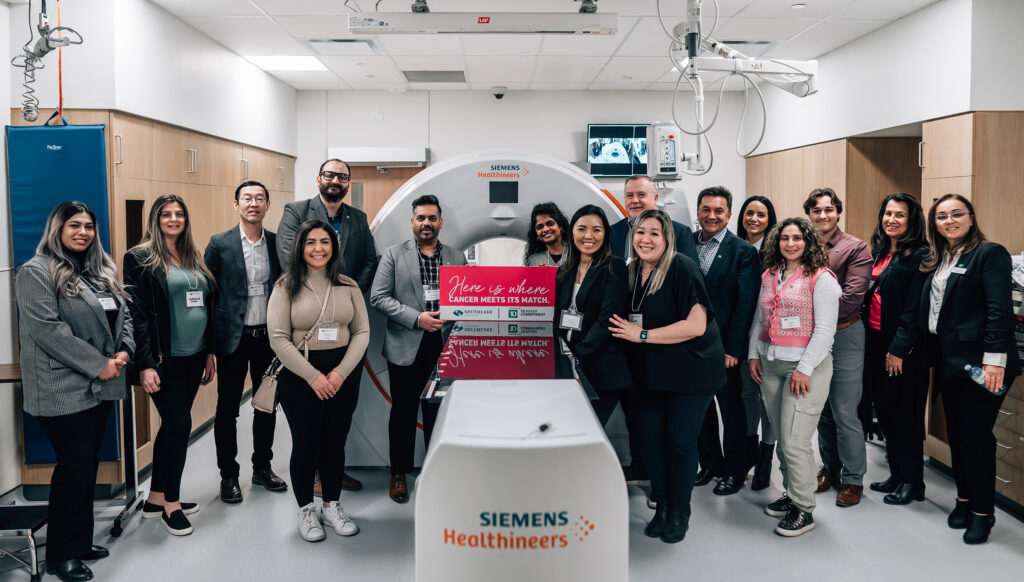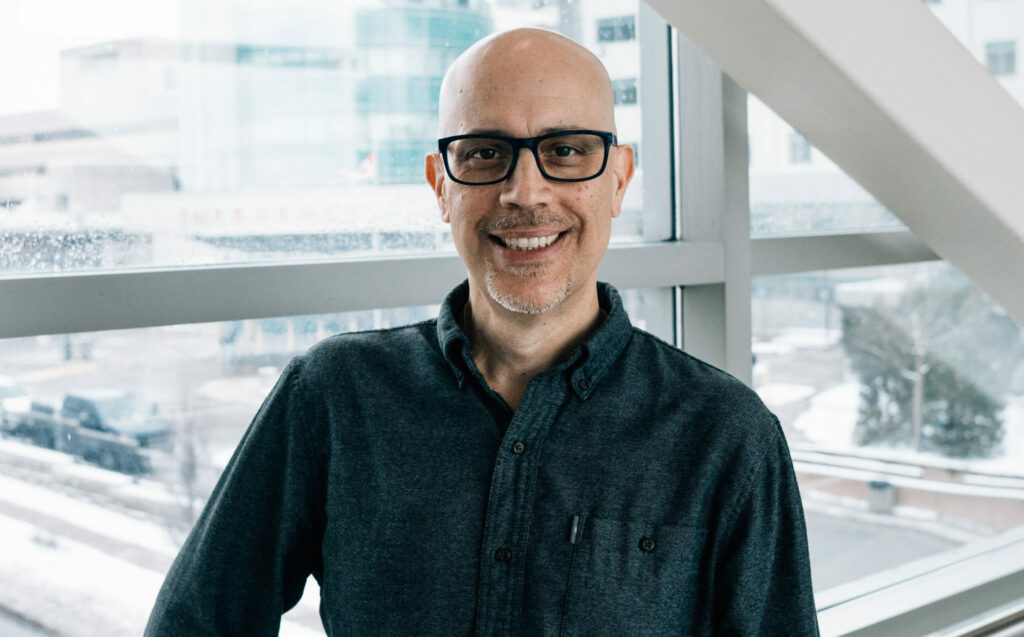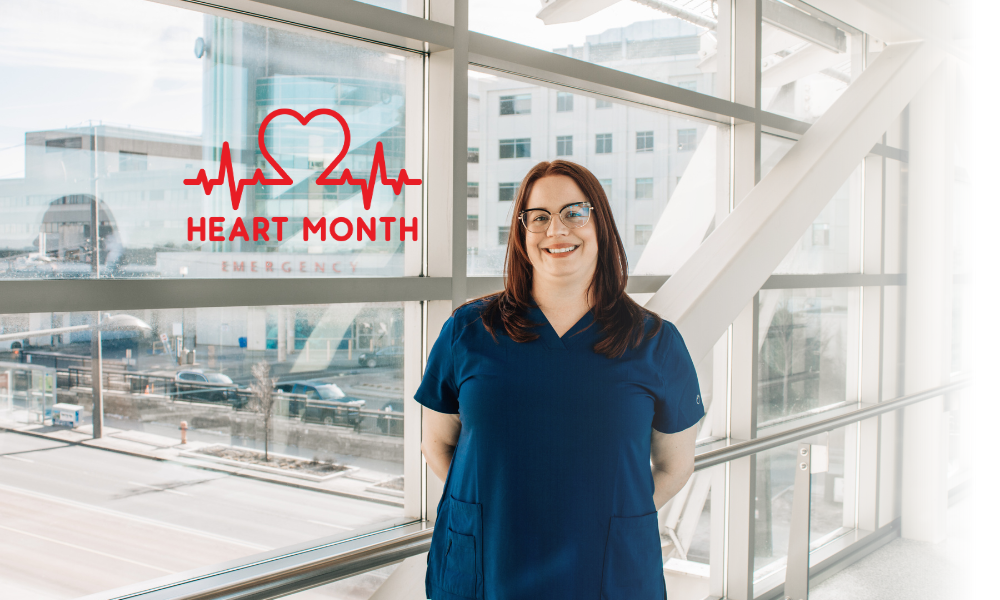What started as a normal day for Salima was almost her last. For her, the difference between life and death was mere minutes.
Salima had spent the morning doing housework around her Holland Landing home, preparing for an afternoon with her husband out on their boat when he returned from work. Sitting for a quick break, her mouth suddenly went dry. It felt like something was caught in her throat.
At first, she didn’t think much of it – until other symptoms soon followed. She broke out in a cold sweat and felt nauseous. Thinking she was going to pass out, she called her husband at work and left a message. When he called back just a few minutes later, she could barely pick up the phone. They both knew it was something serious.
Salima’s husband rushed home from work and called 911. The paramedics arrived in minutes – and it was a good thing they did. By the time she was in the ambulance, she was flat-lining.
They told her if she’d waited even five more minutes, she could have been gone. Instead, the 48-year-old was revived with 10 shocks from a defibrillator, then rushed to Southlake and straight into the operating room.
“I’m still amazed by how fast it all happened,” Salima says as she reflects on the ordeal. “The whole process from when I had my first symptom to when I went into surgery took just 90 minutes. That quick action is the reason I’m alive today.”
The mild symptoms that Salima had been experiencing, including the sore jaw that she’d had for a week, were in fact symptoms of a heart attack – which present much differently in women in many cases than in men. This lack of awareness is often the reason people wait too long to seek care.
“A heart attack was the last thing on my mind,” she says, looking back on the experience.
In Salima’s case, two of her arteries were 100% blocked. A third was 50% blocked. Southlake’s Dr. Cantor inserted three stents and a temporary pacemaker to keep her heart beating. He was able to do so using a minimally-invasive technique, which meant a much shorter hospital stay and overall faster recovery for Salima than traditional open-heart surgery. After just five days, she was back at home. She continued her care as an outpatient through Southlake’s Cardiac Rehabilitation Program, learning strategies to keep her heart healthy and strong. Today, she feels like her old self again.
But she’ll never forget the heroes who saved her life, or the donors who made it possible.
As the fourth largest Regional Cardiac Care Program in Ontario, Southlake provides urgent and advanced cardiac care to roughly 10,000 patients every year across York Region, Simcoe County and as far north as Muskoka. But government funding does not cover most of the new or replacement tools and equipment our expert clinical teams depend on to do so. As we attempt to keep pace with rapidly-advancing technology, support from our communities puts the right tools in the hands of our medical teams so our patients can benefit from the latest innovations in diagnosis and cardiac treatments.
Donate today to support Southlake’s most urgent needs, and help ensure you and your loved ones can trust your hospital to provide leading-edge care close to home, when it matters most.


